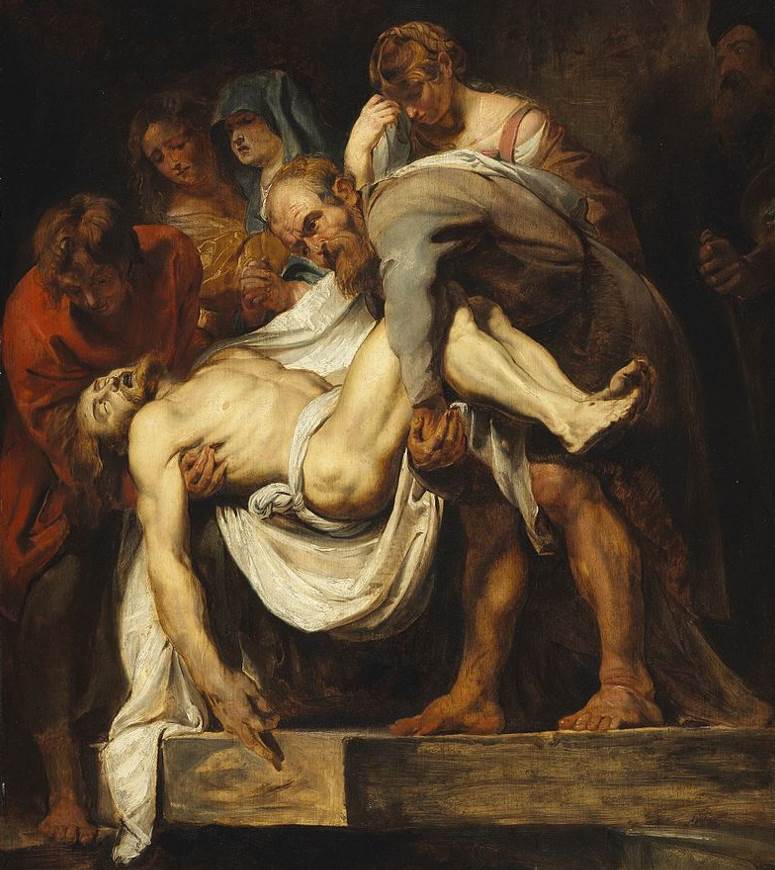It’s hard to deny the fact that one of the most troubled artists of the Baroque era was also one of the most gifted ones. Caravaggio (1571-1610) was able to use chiaroscuro in such a dramatic fashion that it baffles everybody who can admire his paintings.
In this article, we’ll take a closer look at some of the most interesting facts about “The Entombment of Christ” by Caravaggio, one of the Italian artist’s most celebrated Baroque paintings which inspired countless renowned artists the following centuries.
1. It was painted at the height of his career in the early 17th century
An unverified event in the early 1590s resulted in Caravaggio moving from Milan to Rome. It’s assumed that he seriously injured a police officer and was on the run, something emphasized by the fact that he arrived in Rome barely clothed and without any money.
He struggled the first couple of years in the city and even fell ill, something clear from a self-portrait called “Young Sick Bacchus.” He eventually got his great breakthrough in the late 16th century and became the most famous painter in Rome shortly after.
The Entombment of Christ was painted between 1603 and 1604, although preparatory studies probably started a year earlier already. This was a moment in which Caravaggio was at the height of his career without any trouble of earning commissions in Rome.
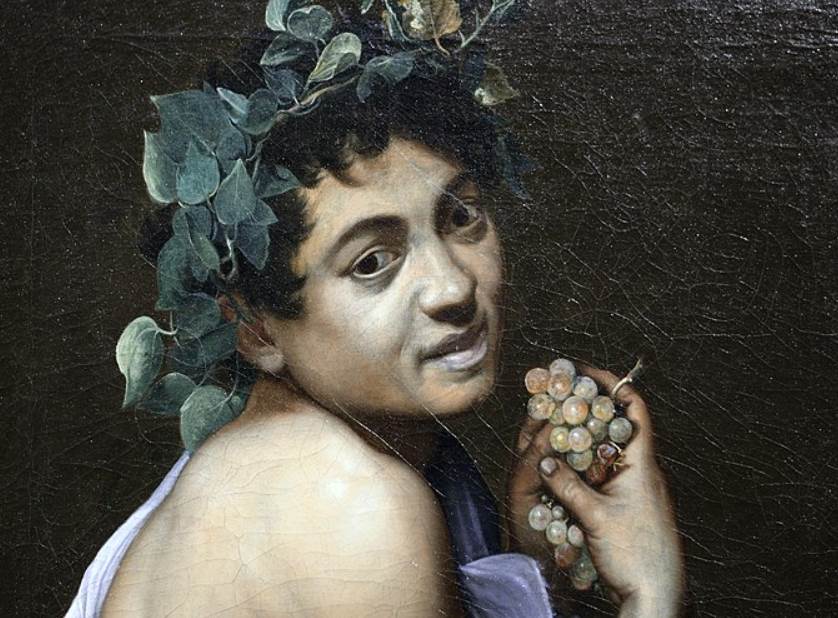
2. It was commissioned to decorate a chapel in a church in Rome
A new congregation of secular priests was established in Rome in the year 1561 called the “Congregation of the Oratory.” This society was founded by Philip Neri (1515-1595), a man who was inspired to form this group during the Counter-Reformation.
It took until July 11, 1575, for Pope Gregory XIII to make the formation of the Oratory official. While he did that, he also granted the church of Santa Maria in Vallicella or Chiesa Nuova (new church) to them.
The location of this church has a history that goes back to the times of Saint Gregory the Great in the 6th century and was completely rebuilt by this society between 1575 and 1599. Caravaggio’s painting was commissioned to decorate the second chapel inside this church.

3. It’s unclear whether or not the title of the painting is accurate
Even though the painting is referred to as “The Entombment of Christ,” it’s doubtful whether or not it depicts the actual burial scene of Jesus Christ. The figures in the painting are:
- John the Evangelist wearing a red robe.
- Nicodemus, a man who embalmed the body of Christ following his crucifixion.
- Mary Magdelene and the Virgin Mary, with Mary who is depicted as elderly woman.
- Mary of Clopas is frantically waving her arms into the sky.
Although it was initially considered to be an active burial scene starting in the 17th century, modern art historians agree that it serves as a “visual counterpart to the Mass.”
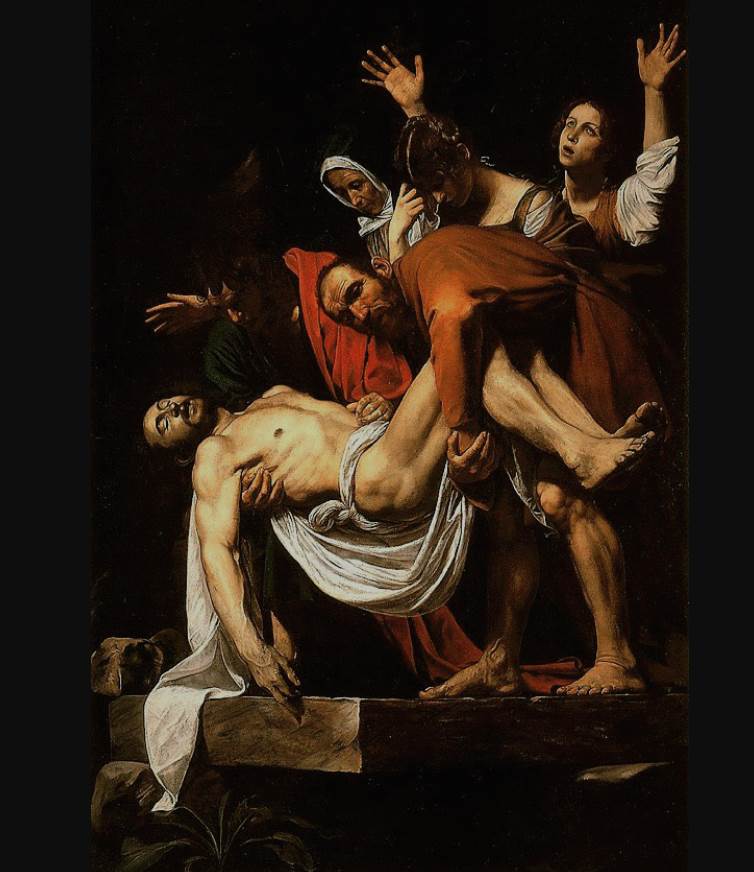
4. The artist was inspired by several other famous artworks
Caravaggio’s masterpiece inspired multiple artists in the future, but he was himself inspired by some of the greatest artists who came before him. Some of these artworks include:
- The Pietà by Michelangelo, one of the ultimate masterpieces of the great Renaissance artist.
- The Florentine Pietà by Michelangelo, a work he produced between 1547 and 1555.
- The Deposition by Raphael, an extraordinary painting by the High Renaissance artist.

5. The original painting isn’t located in the church anymore
If you happen to enter the magnificent Santa Maria in Vallicella church of “Chiesa Nova” in central Rome, then you will find The Entombment of Christ by Caravaggio hanging inside the chapel it was originally commissioned for.
The painting was briefly moved to the Louvre Museum in Paris between 1797 and 1816, a period in history in which the Louvre was referred to as the “Musée Napoleon.”
This is, however, not the original painting but a copy of the work produced by the artist in the early 17th century. If you want to see the original version you’ll have to cross the Tiber River and visit the Vatican Museum as the painting is part of the museum’s collection today.
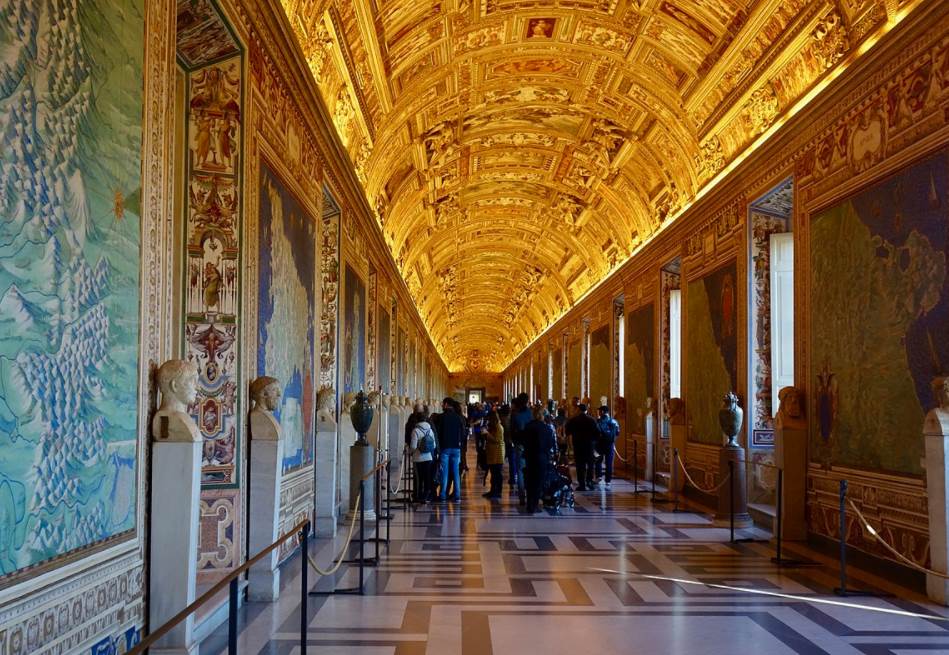
More interesting facts about the Entombment of Christ by Caravaggio
6. The oil on canvas painting was commissioned to become the main altarpiece in the chapel. This means that it’s a relatively large work of art as it has dimensions of 300 × 203 centimeters (120 × 80 inches).
7. Santa Maria in Vallicella is a Baroque building that can easily be described as one of the most amazing churches in Rome, and that means something. The interior is the epitome of the grandeur of the Baroque architecture.
The church is also decorated with a wide variety of artworks, including altarpieces by Barocci (1535-1612), astounding frescoes by Pietro da Cortona (1597-1665), and an amazing copper altarpiece by Peter Paul Rubens (1577-1640).
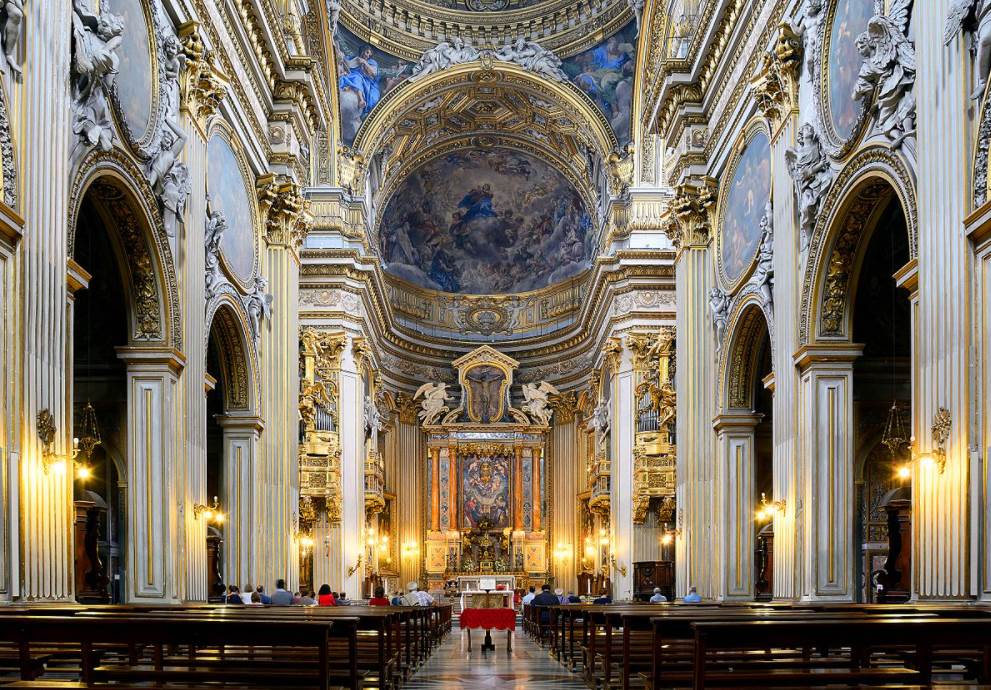
8. The chapel for which the painting was commissioned was the most important one in the church. This is emphasized by the fact that Mass could be celebrated from it and that it was dedicated to the Pietà.
It was founded by a friend of Pope Gregory XIII named Pietro Vittrice. The painting was commissioned by Pietro’s nephew, a man named Girolamo Vittrice. He knew Caravaggio personally because he married Orinzia di Lucio Orsi, the sister of one of the artist’s best friends in Rome, Prospero Orsi.
9. We know that this is not an actual burial scene because the dead body of Jesus Christ isn’t being lowered inside a tomb but is placed on a stone slab. This means that it probably depicts the moment just before Nicodemus started embalming the body of Jesus.
This is probably why the artist included a plant identified as mullein “Verbascum thapsus,” a plant with medical properties used to ward off evil spirits.
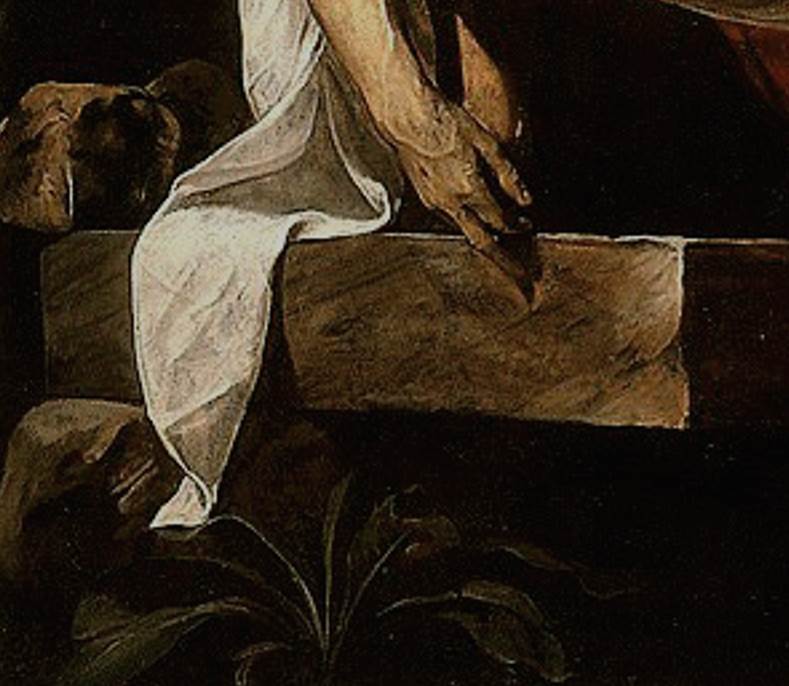
There’s an interesting detail about the figure of Nicodemus because Caravaggio depicted him with the face of his namesake (Caravaggio’s real name was Michelangelo Merisi), the famous Renaissance artist Michelangelo (1475-1564).
10. The painting by Caravaggio has inspired numerous artists of future generations. It was copied in a wide variety of styles, including by the likes of Baroque artist Peter Paul Rubens, pioneer of the Romantic movement, Romantic artist Théodorre Géricault, and one of the pioneers of modern art, Post-Impressionist artist Paul Cézanne.
